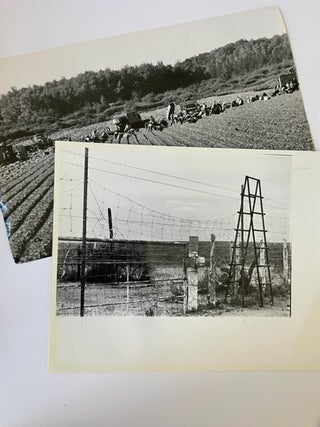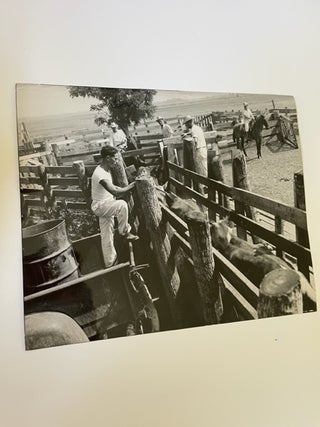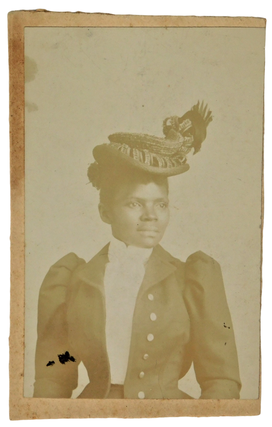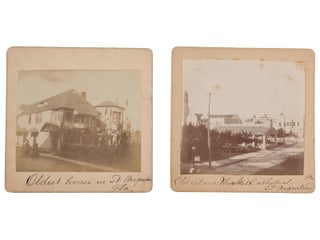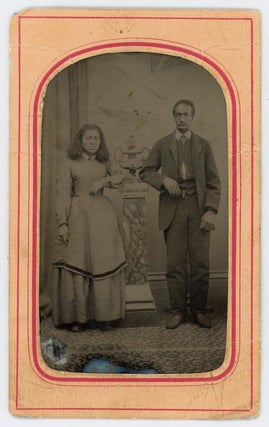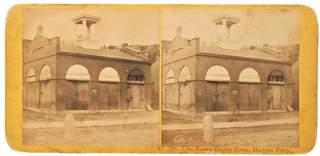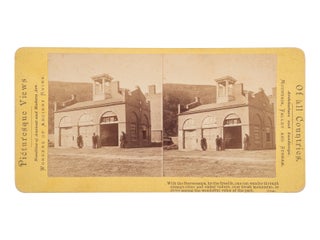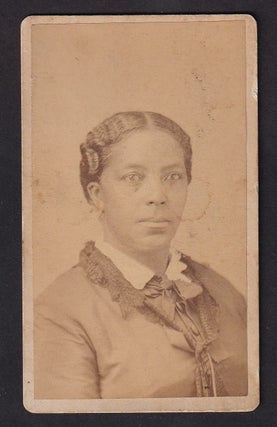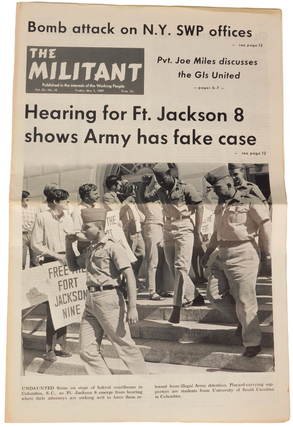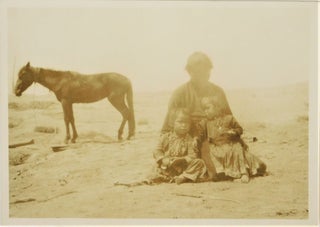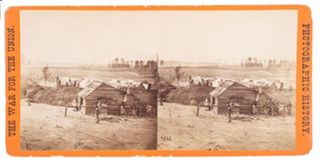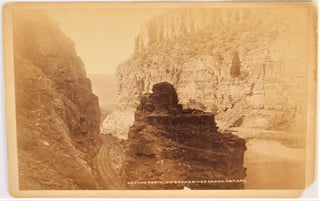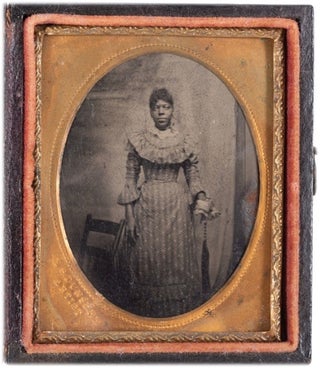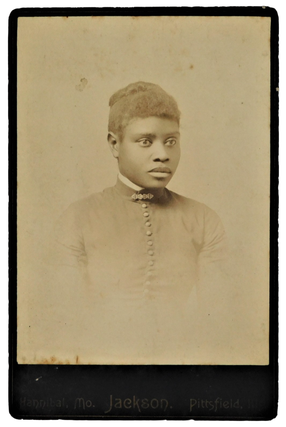Photo Archive of Texas Ranch Life changes over decades from Bisons and western cattle to prison ranch hands and migrant farmers
Photo Archive
Archive of 10 press photos of Texas ranch life and its changes over the decades, from bison and cattle to prison ranch hands and migrant farmers. 1935-1978. Photos measure between 9 x 7 and 8 x 10 inches. Images show ranchers herding cattle, cows roaming the expansive Texas landscape, and bison mingling with cattle behind fence posts, a llama replacing the cattle in one image. When the United States annexed Texas in 1845, the government distributed public land for railroads and settlements, expanding new markets for Texas cattle ranchers. In one photo from 1943, five men in cowboy hats gather around a cow, while another oversees them, readying for the slaughter. The abundance of land coupled with growing economic demand created a unique opportunity for enterprising Americans who could not see dramatic changes coming ahead. Intensifying climate conditions coupled with mounting economic pressure would present ranchers with new challenges. In one photo from 1935, two men lean over the body of a dead cow, 4 others carcasses visible around them. Verso reads, "Thousands of cattle on range...were drowned and frozen to death when a blizzard, the most severe in 36 years, swept the country." The cattle drive that characterized 19th century Texas ranching shifted rapidly as industrialization swept the 20th century and big cattle companies began consolidating land and dominating the market. The value of human labor dipped and ranchers responded accordingly, relying on cheap workers contracted out from the state's prison system, a plantation model since the end of the Civil War, and exported from Mexico. Though the Mexican Farm Labor Program Agreement was an attempt to maintain humane labor conditions, it instead encouraged ranchers to hire laborers illegally directly from Mexico. In one image, a woman takes a break from her work to tend to her baby in the bed of a truck, two men visible behind her at work in a field. Migrants traveling illegally from Mexico often followed pipelines to keep from getting lost along the way. One photo shows an intersection of such pipelines at the Las Lomas ranch in Duval County. The story of Texas ranching throughout the 20th century is one of adaptability as dramatic changes to technology, labor, scale of ownership and the climate itself forced the industry to evolve.Item #18203
Price: $580.00
See all items by Ranch Texas


